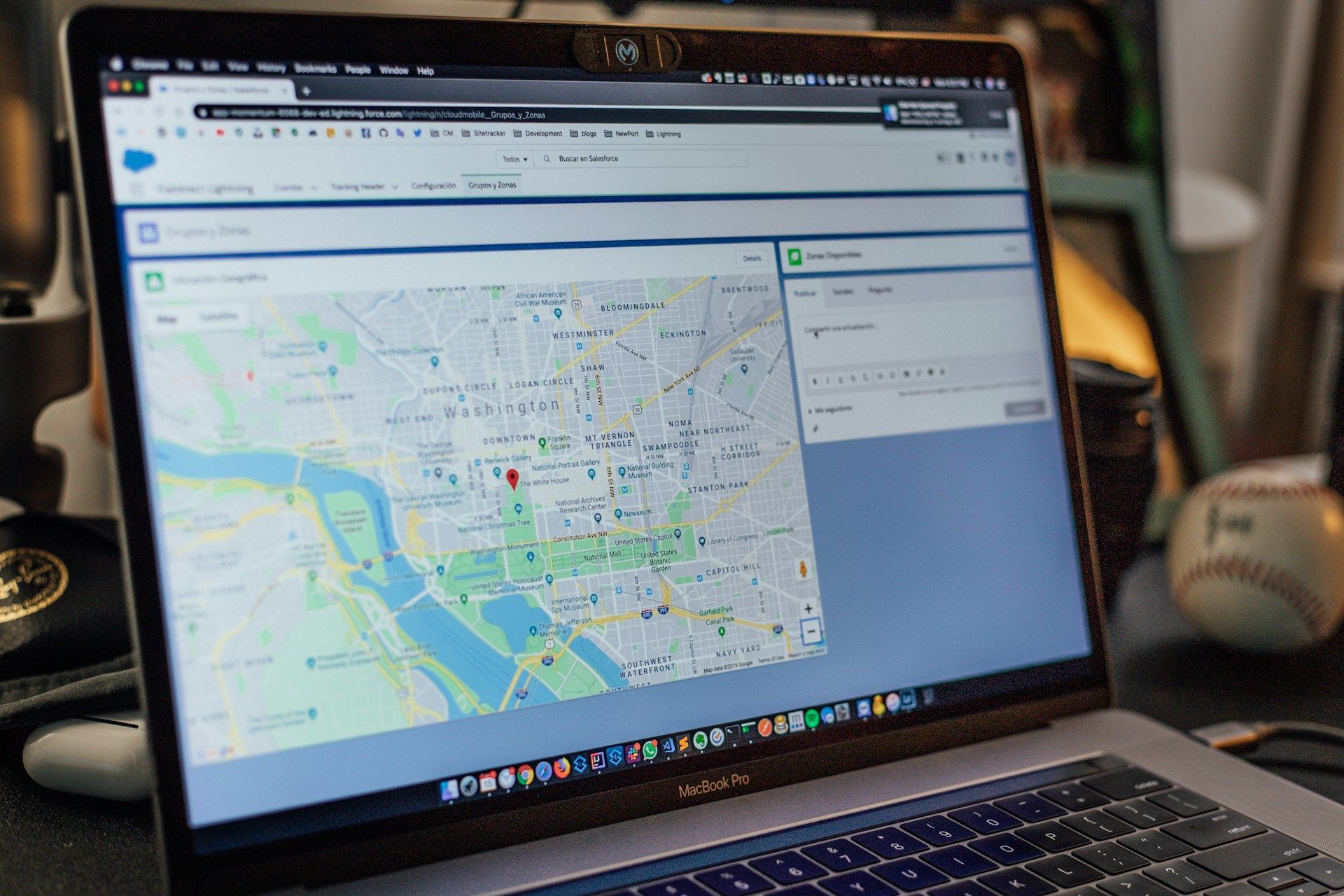Making Your Website Easy to Use
Websites play a huge role in how people see your business. An easy-to-use website makes a big difference, turning curious visitors into happy customers. People often first check out a website to learn about a company. If they can't find what they need quickly, they might leave and not return.
To meet these needs, businesses must focus on designing websites that everyone can use easily. Let's examine some practical ways to create websites that keep users engaged and satisfied with every click.
Designing an Intuitive Navigation
Navigation is your website's roadmap. Visitors can find what they need without a hitch when paths are clear. Clear and simple navigation ensures users don't feel lost. It guides them swiftly, keeping their journey smooth and enjoyable.
To create intuitive navigation, consider these tips:
1. Simplify Your Menu
Keep the main navigation simple. Use a few broad categories instead of cramming it with too many links. For instance, "Shop," "About Us," and "Contact" cover broad areas that can house multiple sub-items without overwhelming visitors.
2. Use Descriptive Labels
Choose words that tell users exactly what they'll get. Avoid confusing terms; instead, go for easy and familiar ones. If a tab leads to your blog, label it plainly as "Blog."
3. Ensure Consistency
Keep your navigation consistent across all pages. Users like knowing they can find the help or info section in the same spot, regardless of where they are on your site.
4. Highlight the Current Page
Make it clear where users are by highlighting the section they are browsing. It gives them cues to backtrack or explore further.
These steps simplify navigation, boosting satisfaction as users seamlessly explore and find what they need.
Prioritizing Mobile Friendliness
Mobile usage is growing fast, and many people browse sites from their phones. A mobile-friendly website attracts and retains these users. It’s essential to ensure your website works just as well on a phone as on a computer.
To achieve this, here's a simple checklist:
Responsive Design
Ensure your website adapts to different screen sizes. Check how images, text, and menus perform on smaller screens.
Easy Navigation
Use larger buttons and allow for touch-friendly navigation. Small links and cramped spaces can frustrate mobile users.
Fast Loading
Keep load times low, even slower, on mobile networks. Reduce heavy graphics and unnecessary scripts that might slow down your pages.
Readable Text
Use large fonts for easy reading and sufficient contrast to make text stand out.
Test on Multiple Devices
Check how your site looks and functions on various phones and tablets. Different devices might show unique challenges.
A mobile-friendly website ensures users enjoy interacting with it at home or on the go. Following these steps ensures your site remains inviting to everyone, regardless of how they choose to visit.
Enhancing Load Speed and Performance
Speed matters when users visit a website. Slow pages frustrate visitors and can cause them to leave. Faster websites provide a smoother experience, leading to higher satisfaction and increased chances of repeat visits.
Improving load speed involves several steps:
Optimize Images
Large, high-quality images can slow your site. Compress images to reduce their size without losing quality. Use formats like JPEG for photos and PNG for graphics with fewer colors.
Use Browser Caching
Let browsers store parts of your site so it loads faster the next time users visit. This reduces the load on your server and makes for a quicker experience.
Minimize Code
Look at your HTML, CSS, and JavaScript files. Remove unnecessary characters and spaces to make them lighter and faster to download.
Choose a Reliable Hosting Provider
A good host can make a big difference. Select a provider that offers high-speed servers and reliable uptime.
Implement Lazy Loading
This technique loads images and other resources only when they are needed. It reduces the initial load time and speeds up the overall page experience.
These techniques can greatly improve the speed of your website's operation, ensuring a pleasant visit for anyone who visits your page.
Implementing User-Centric Content
Content that meets user needs makes websites enjoyable and engaging. User-centered content listens to the audience's wants and delivers them clearly and simply, making the experience better for everyone.
Here’s how to align your content with user interests:
1. Understand Your Audience
Research what topics interest your users and what problems they are trying to solve. This will ensure that your content is relevant.
2. Use Clear Language
Write straightforwardly. Avoid jargon that might confuse readers. Aim for a text that even a fifth grader can easily understand.
3. Format for Readability
Break up text with headings, bullet points, and images. This layout helps readers skim and find important information quickly.
4. Incorporate Multimedia
Use videos, infographics, and images to supplement text. Different formats engage diverse audiences and can explain complex ideas simply.
By focusing on what users need and presenting it accessibly, you boost satisfaction and encourage users to stay longer on your site, increasing their likelihood of returning.
Conclusion
Creating a user-friendly website requires careful attention to details that impact visitors' experiences. By focusing on intuitive navigation, mobile-friendliness, fast load speeds, and user-centric content, your website becomes a tool that visitors enjoy using. These efforts keep users engaged and help build trust and credibility.
For businesses looking to refine their online presence further, Sculpt Marketing & Consulting offers expert insights into effective digital strategies. Our team specializes in enhancing user experiences that drive results through our
website design in Georgia. Reach out to discover how to turn your site into a welcoming hub for your audience.










